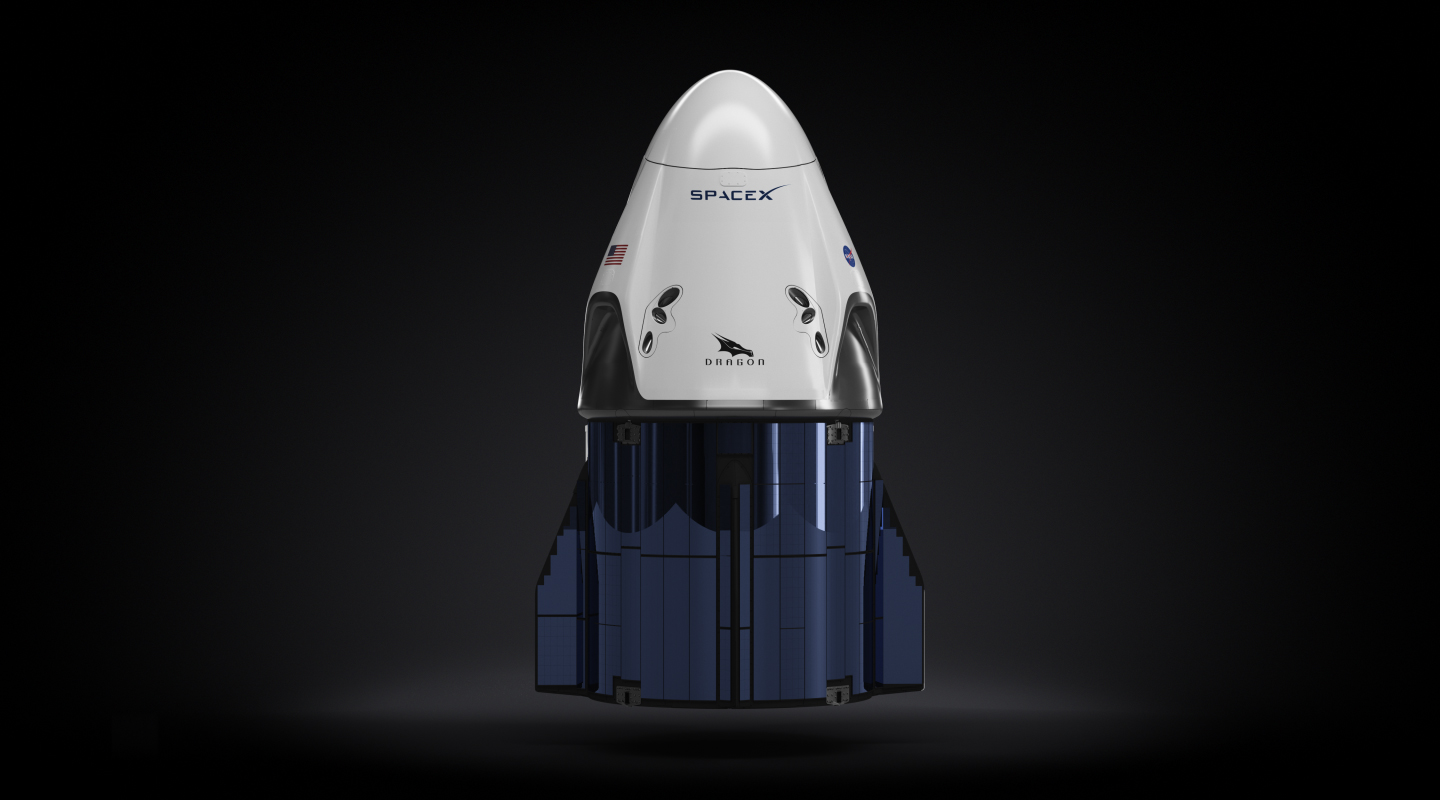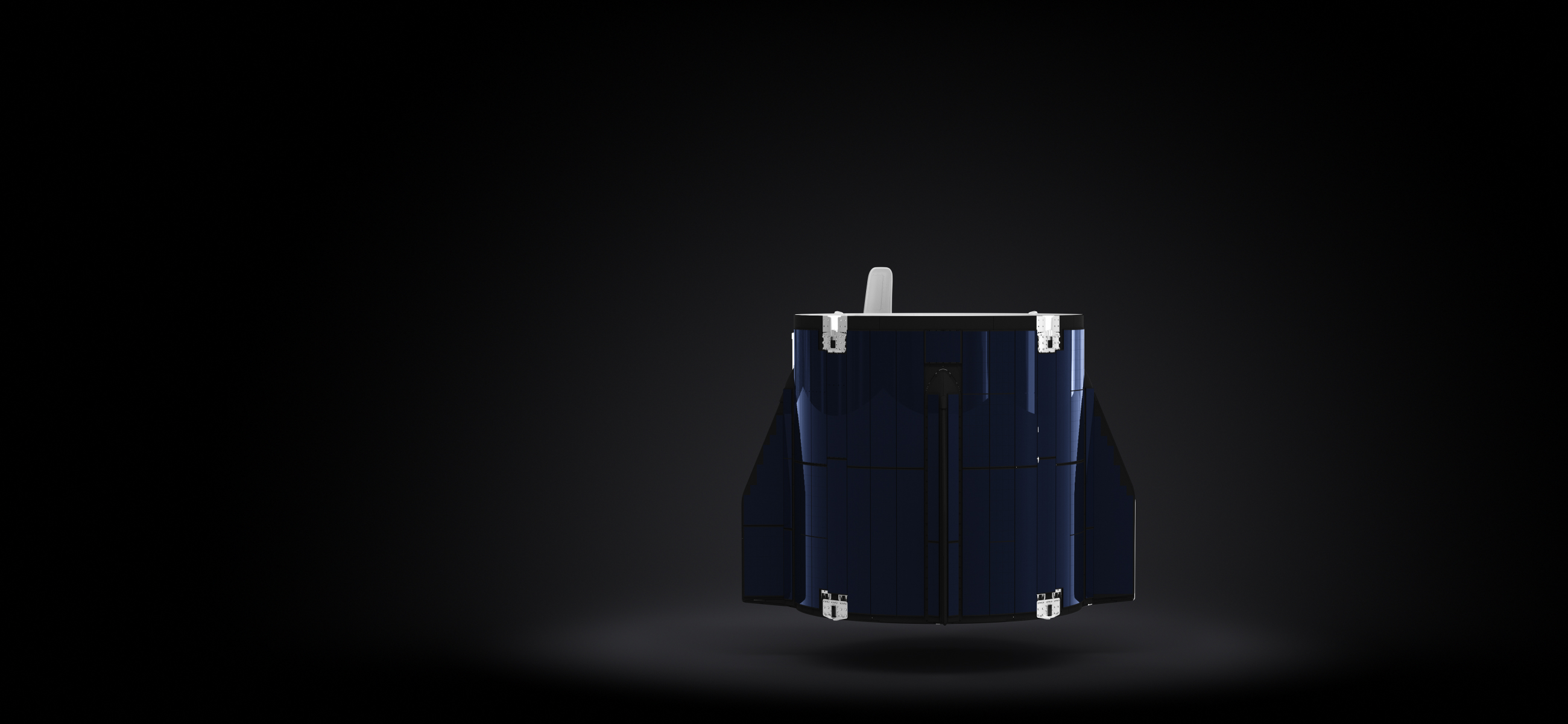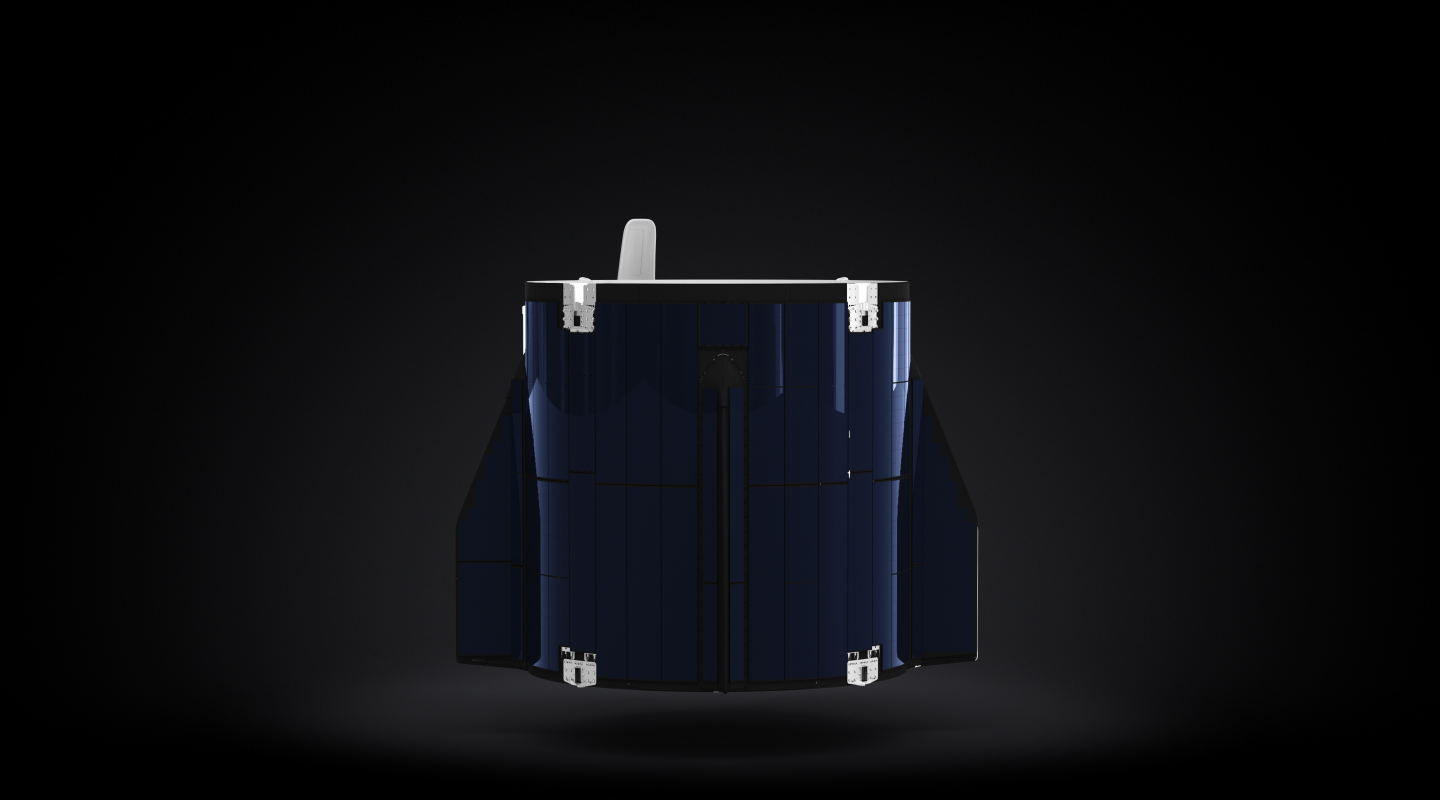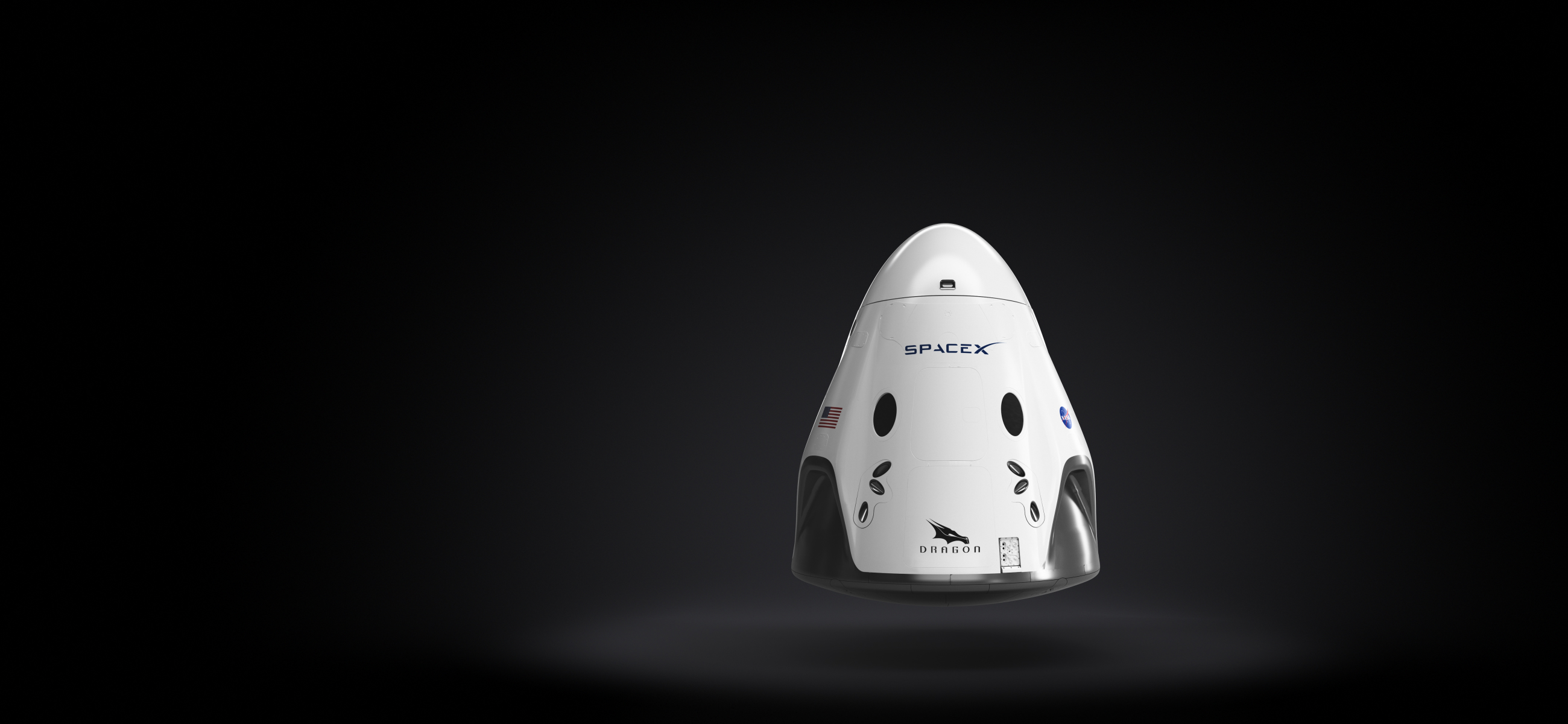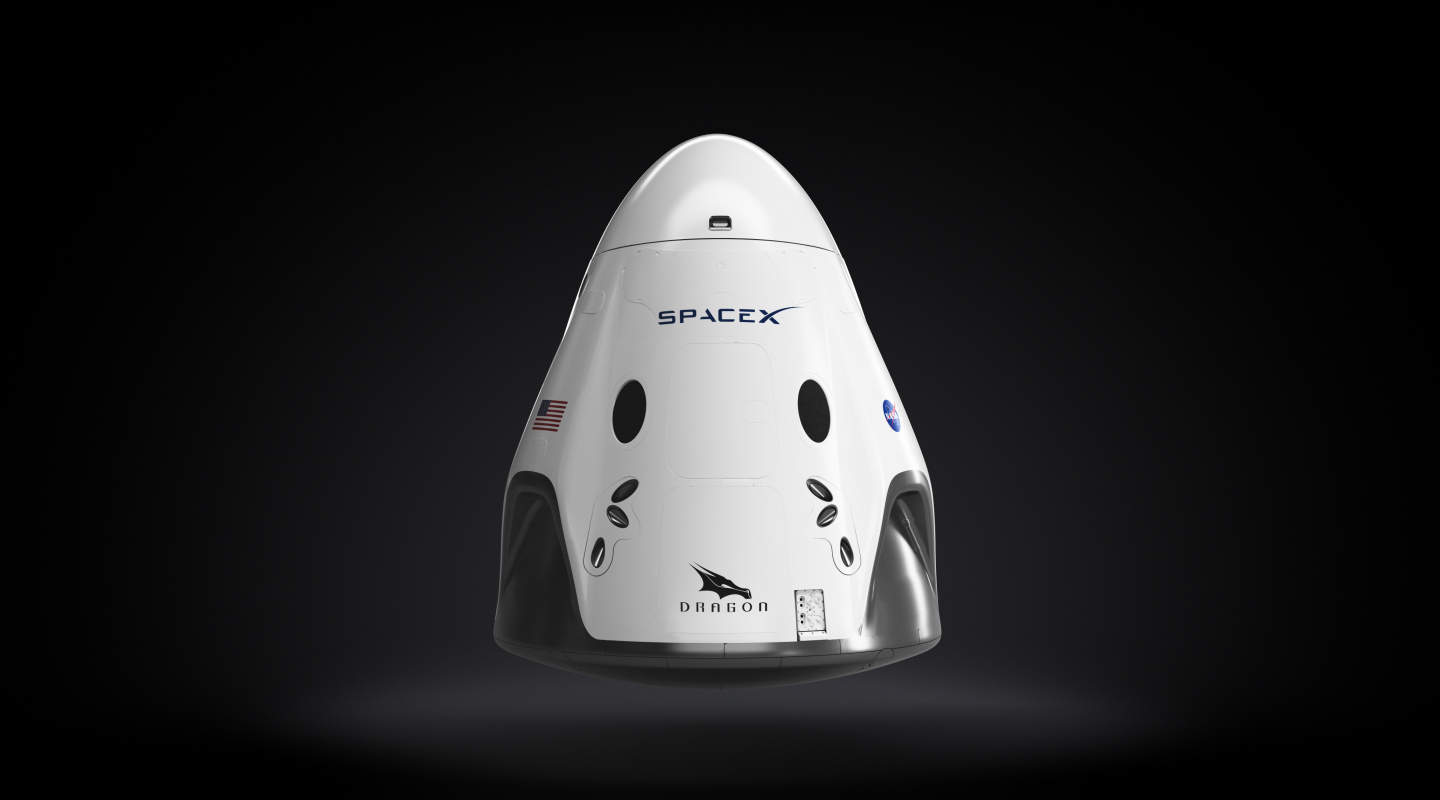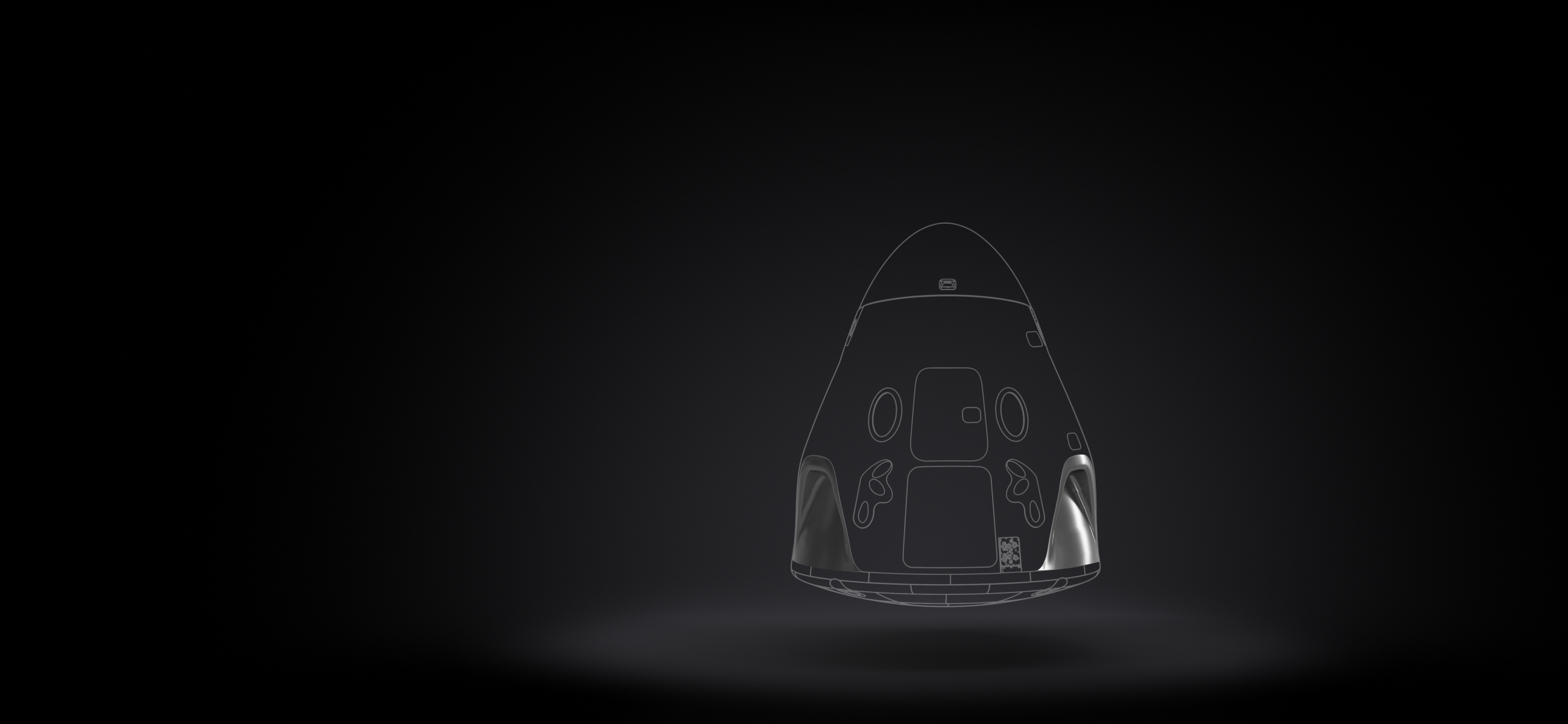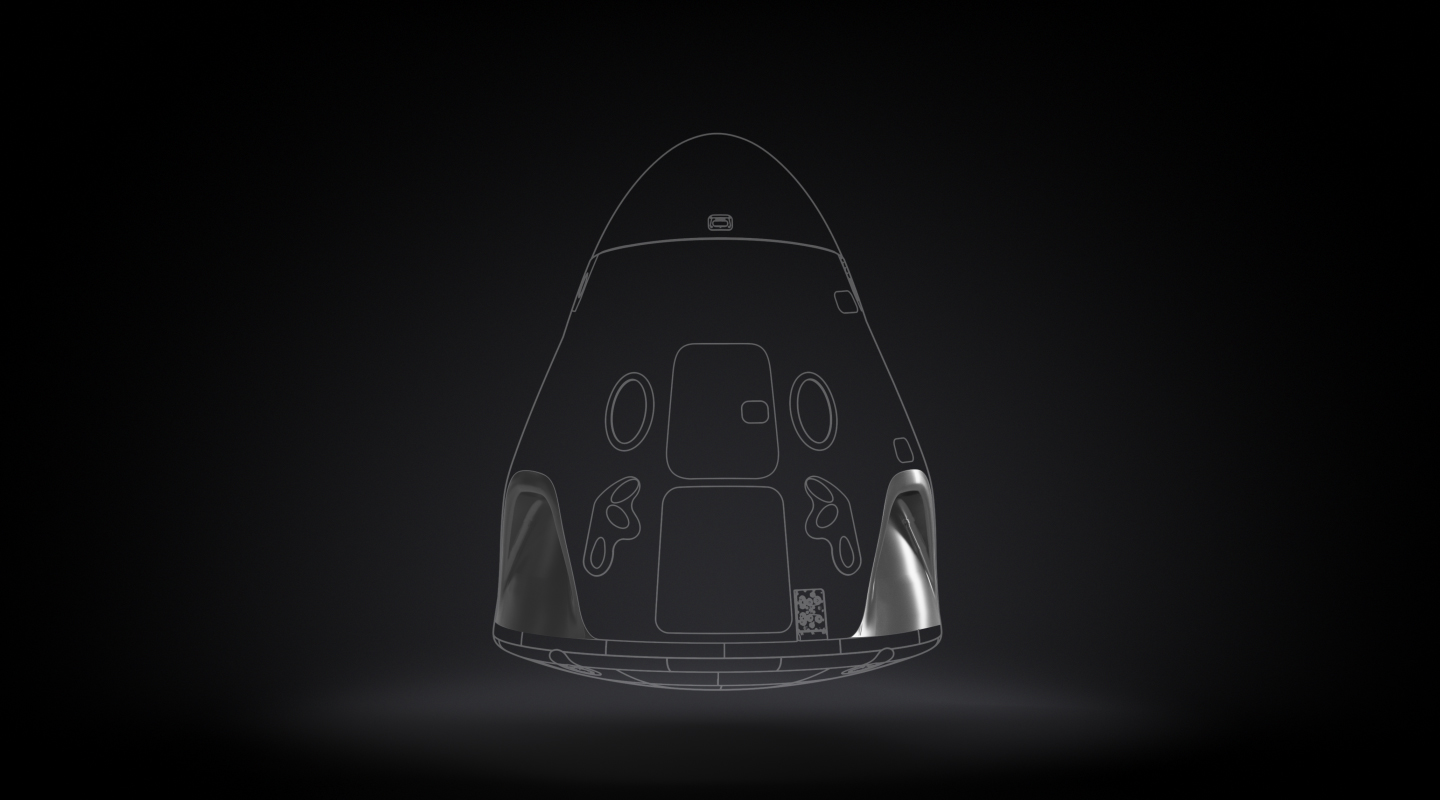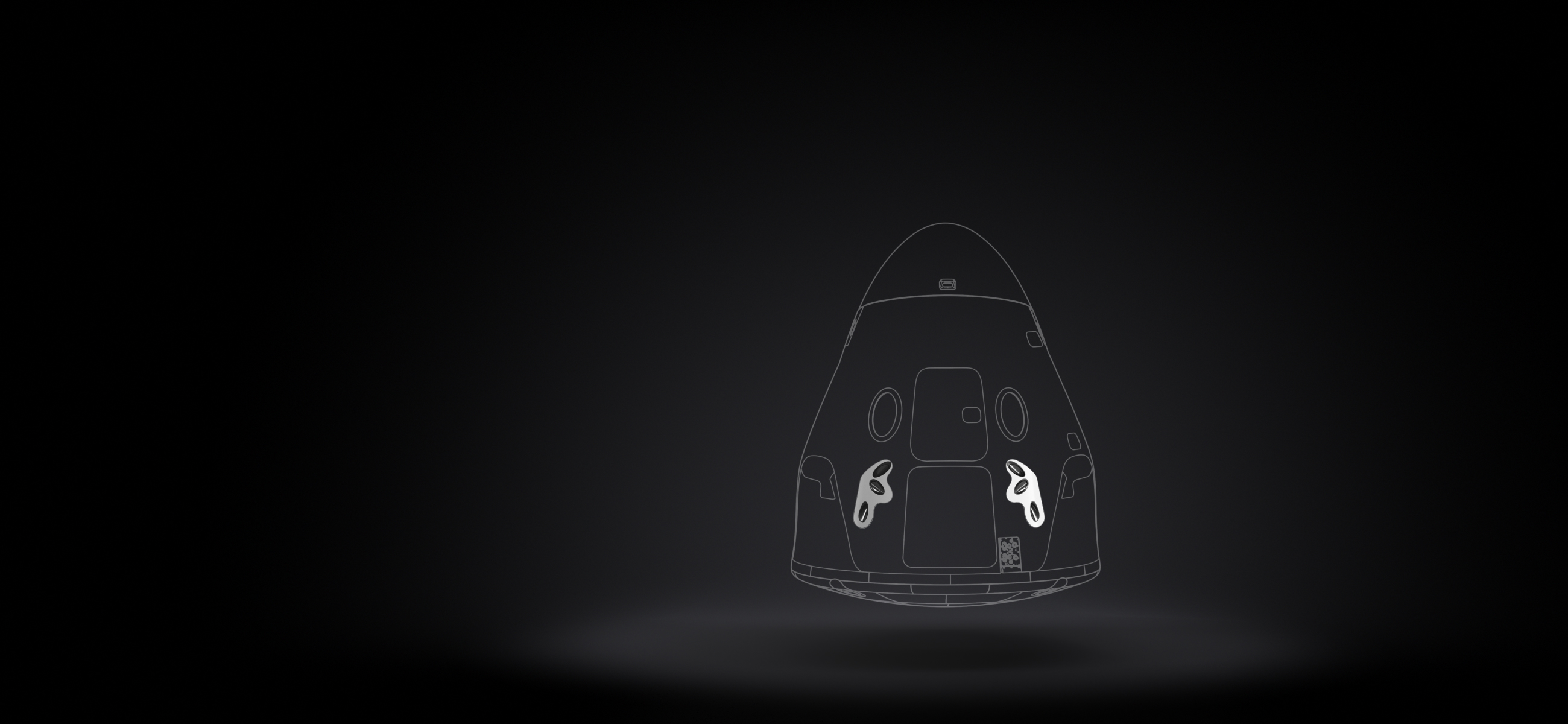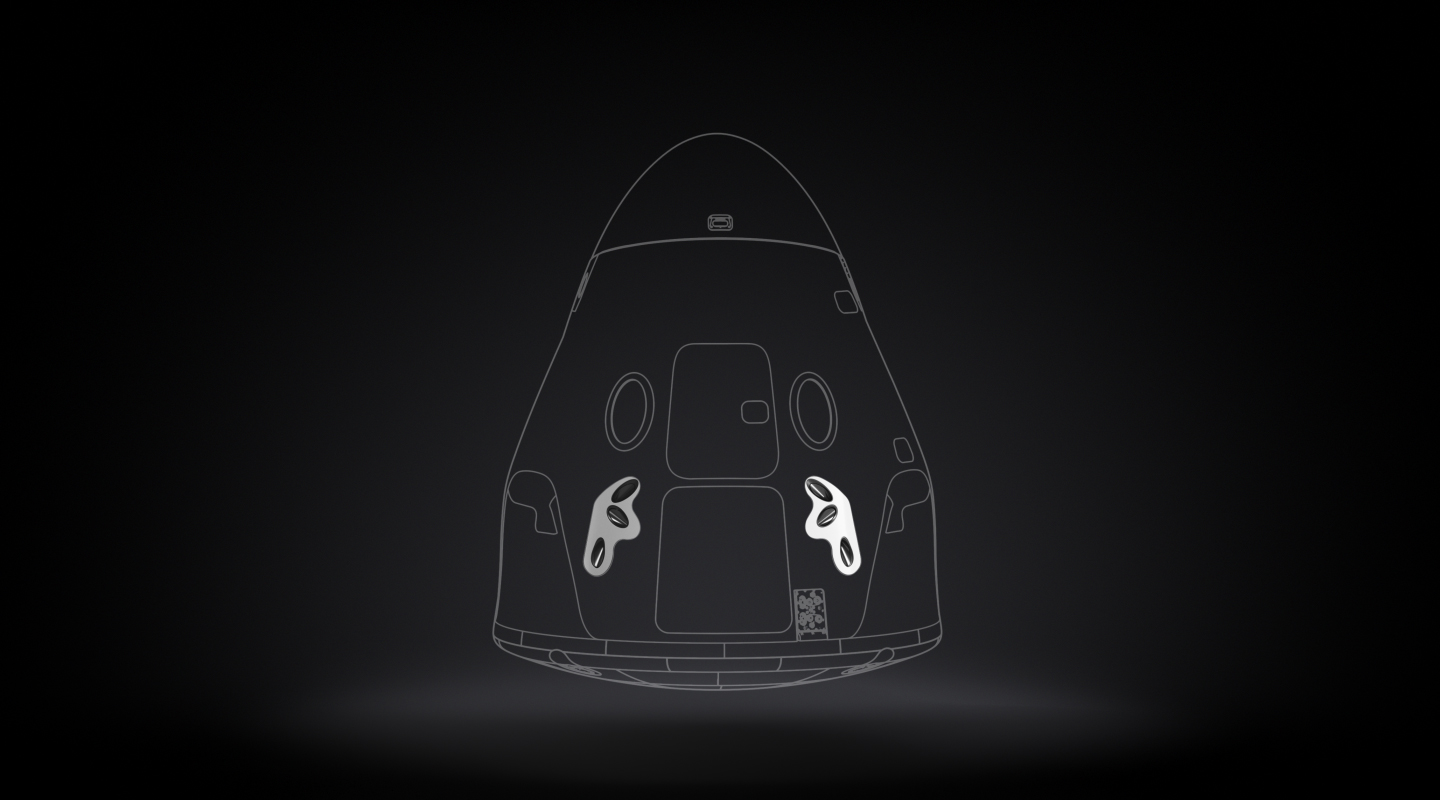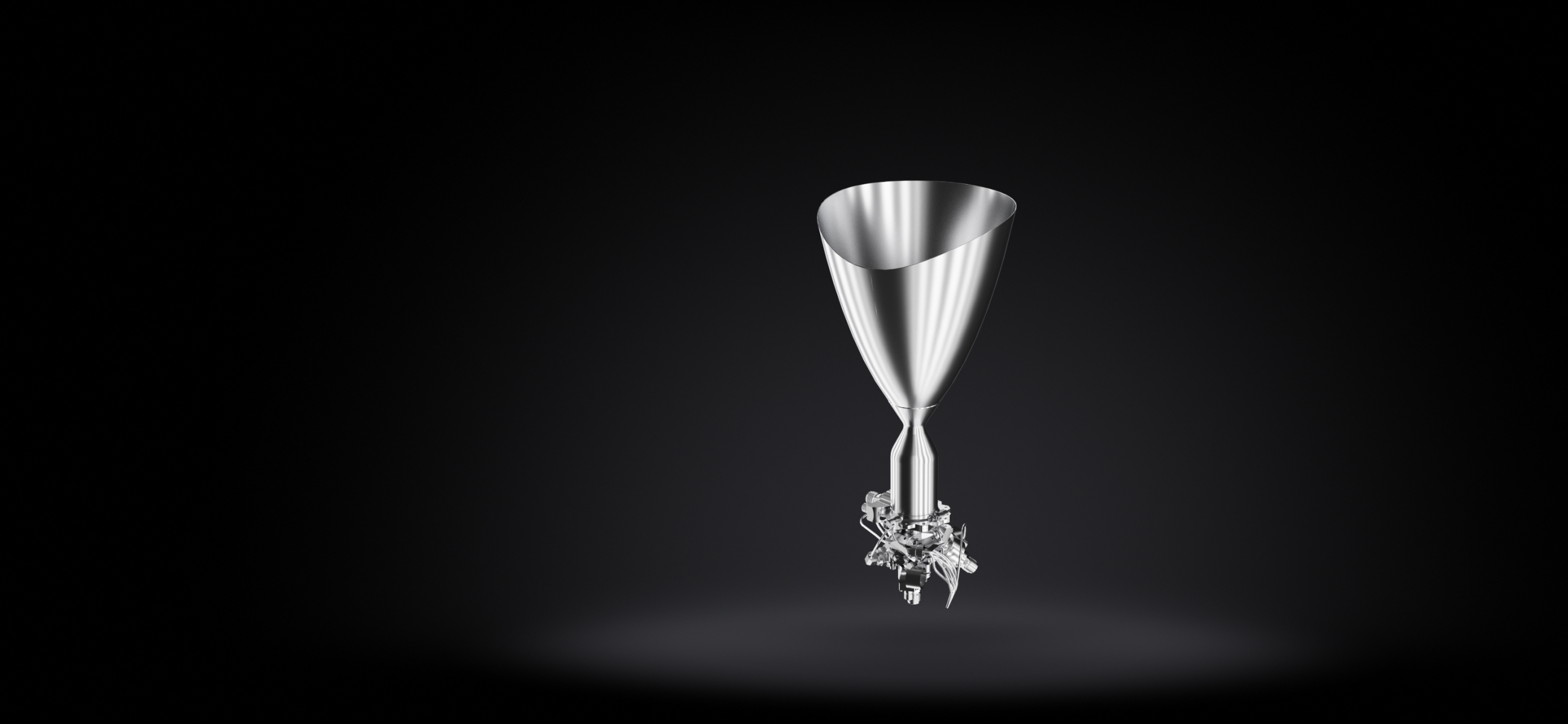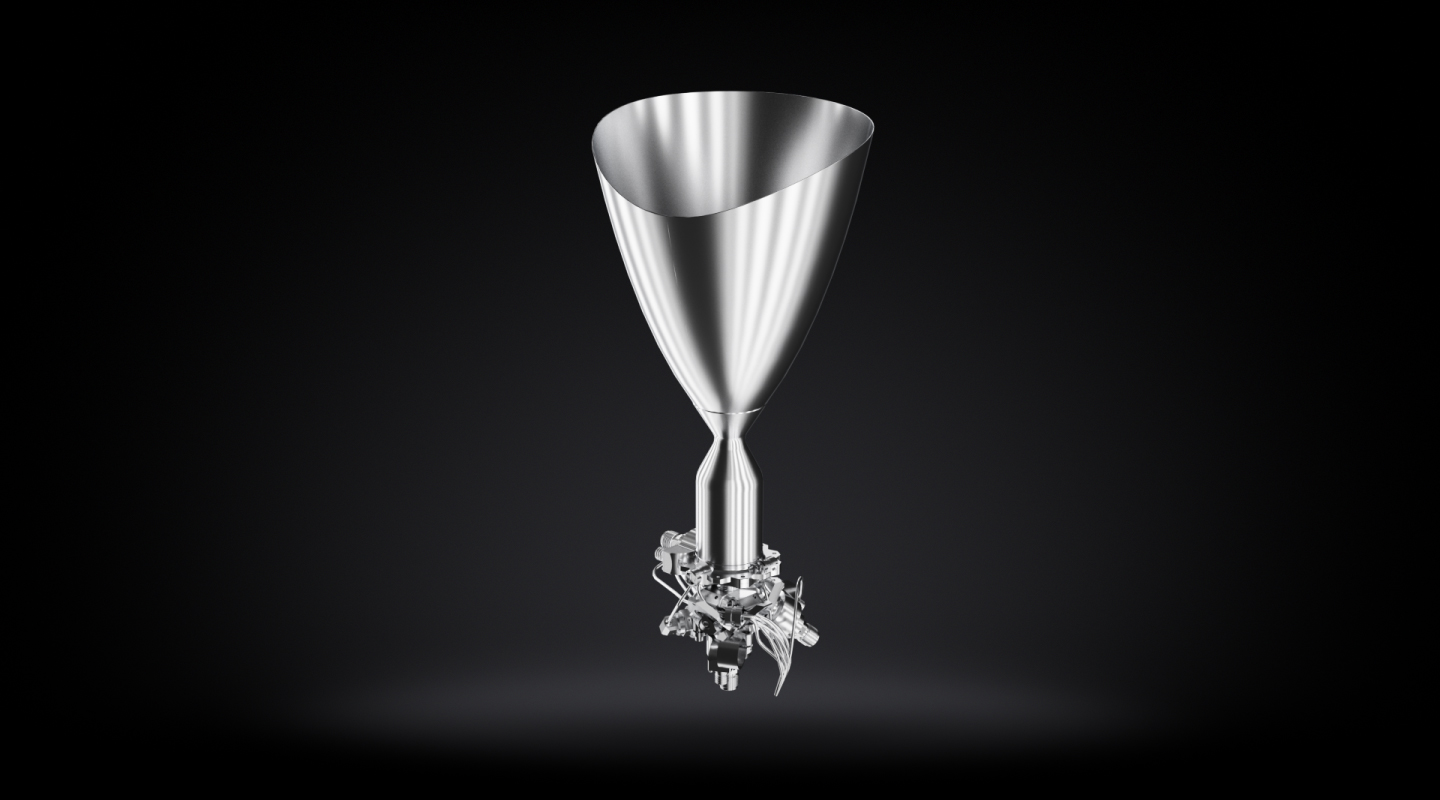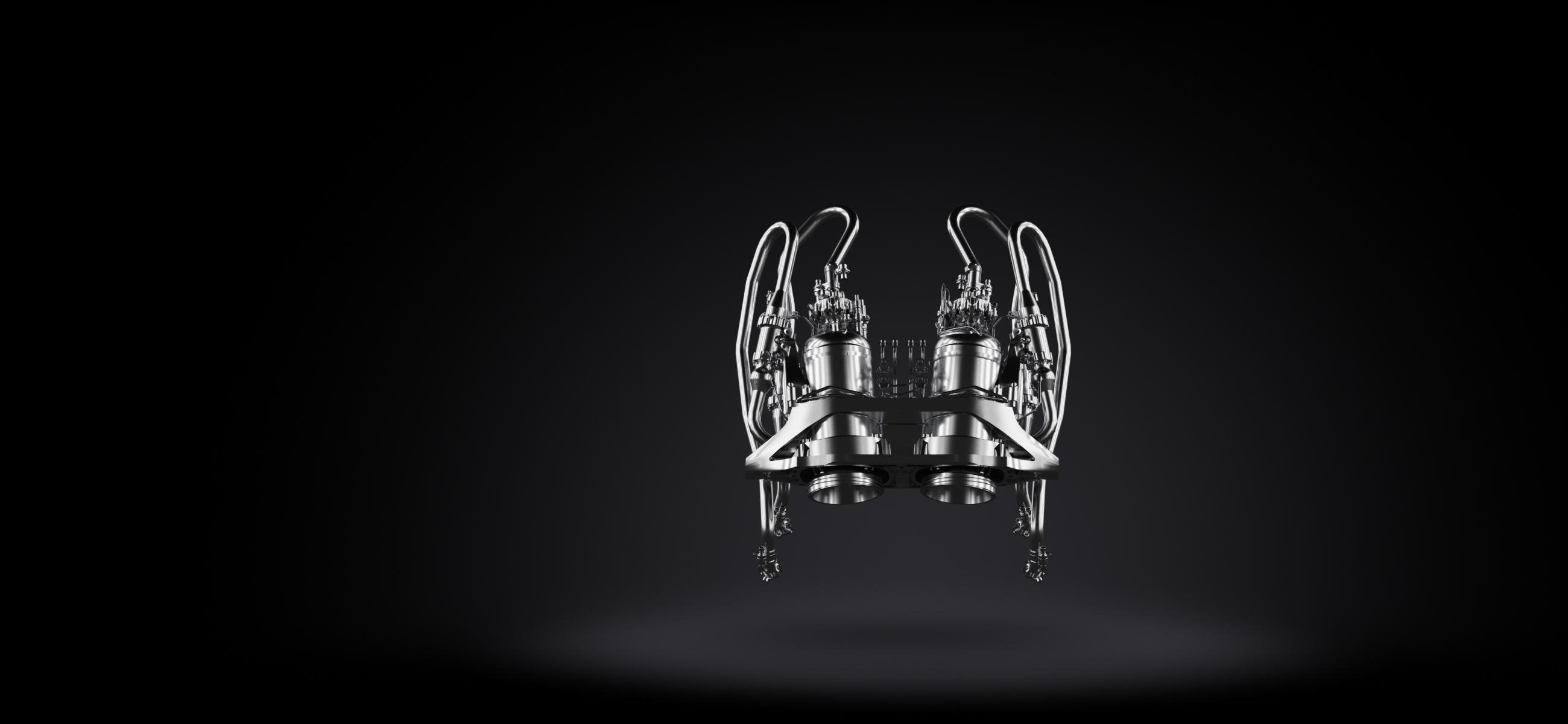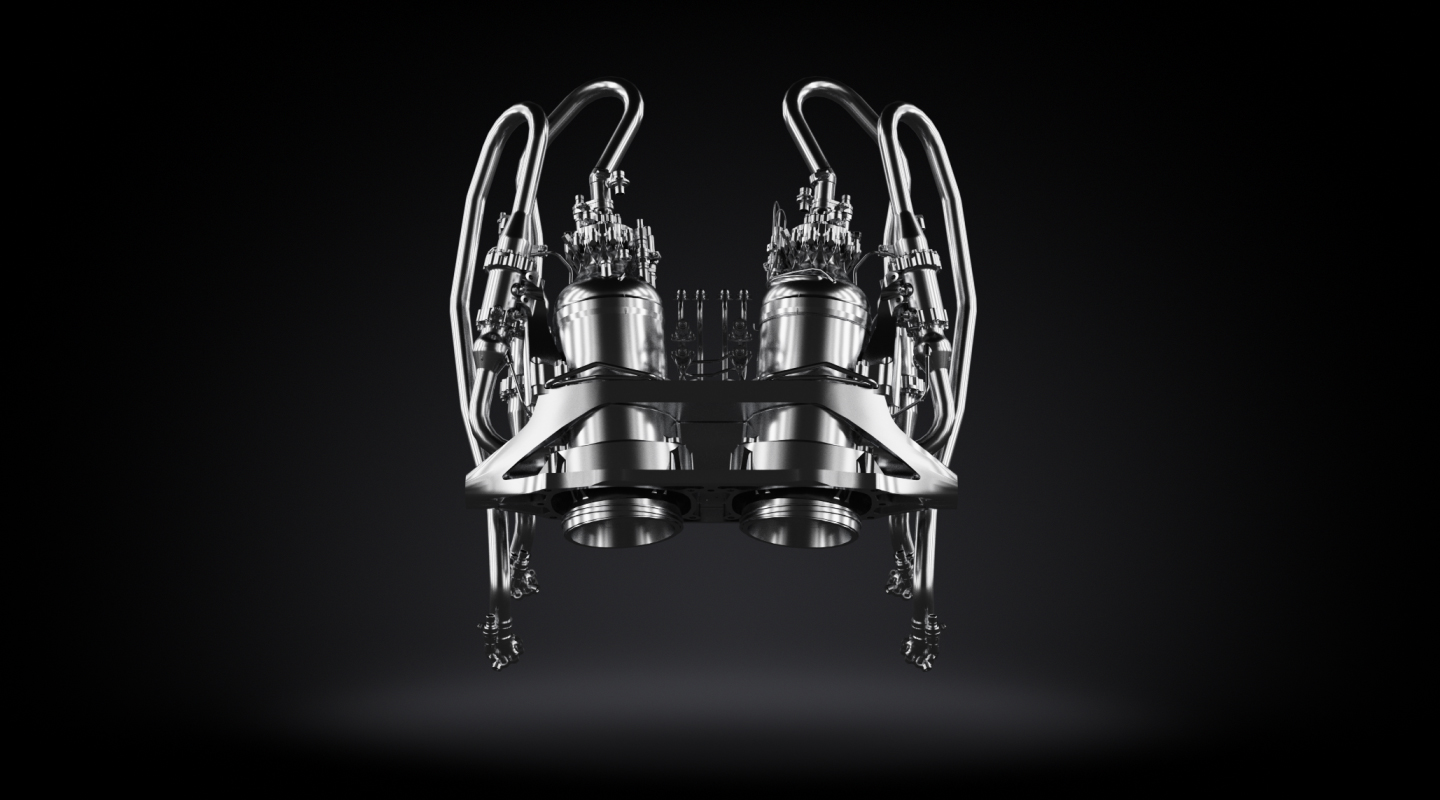FALCON9
Falcon 9 is a two-stage rocket designed and manufactured by SpaceX for the reliable and safe transport of satellites and the Dragon spacecraft into orbit
DRAGON SPACECRAFT
Dragon carries cargo in the spacecraft’s pressurized capsule and unpressurized trunk, which can also accommodate secondary payloads. In the future, Dragon will carry astronauts in the pressurized capsule as well.
COMPOSITE FAIRING
The payload fairing is for the delivery of satellites to destinations in low Earth orbit (LEO), geosynchronous transfer orbit (GTO) and beyond.
FIRST STAGE
Falcon 9’s first stage incorporates nine Merlin engines and aluminum-lithium alloy tanks containing liquid oxygen and rocket-grade kerosene (RP-1) propellant.
ENGINE
9
BURNTIME
162 SEC
Thrust At Sea Level
7, 607kN1





PAYLOAD
Falcon 9 delivers payloads to space aboard the Dragon spacecraft or inside a composite fairing.
SECOND STAGE
The second stage, powered by a single Merlin vacuum engine, delivers Falcon 9’s payload to the desired orbit. For maximum reliability, the second stage has redundant igniter systems.
ENGINE
9
BURNTIME
162 SEC
Thrust At Sea Level
7, 607kN1
NINE MARLINE ENGINES
With its nine first-stage Merlin engines clustered together, Falcon 9 can sustain up to two engine shutdowns during flight and still successfully complete its mission. Falcon 9 is the only launch vehicle in its class with this key reliability feature.
